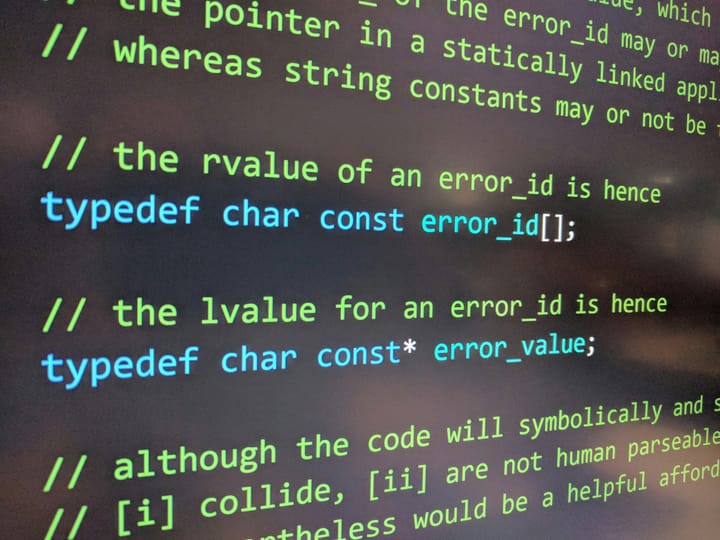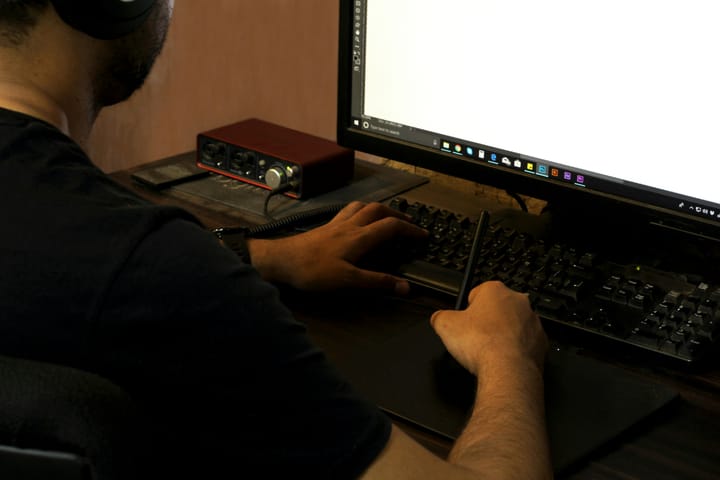How can you be in two places at once when you're not anywhere at all?
As the world grapples with the intricacies of modern technology and its impact on traditional notions of space and presence, a fascinating phenomenon has emerged, challenging the long-held principle that an individual can only occupy one physical location at a time

As the world grapples with the intricacies of modern technology and its impact on traditional notions of space and presence, a fascinating phenomenon has emerged, challenging the long-held principle that an individual can only occupy one physical location at a time. The question on everyone's lips—how can you be in two places at once when you're not anywhere at all—has become the focal point of a debate that spans the realms of technology, philosophy, and psychology.
At the heart of this conundrum is the story of Emily Chen, a 32-year-old digital nomad who, by all conventional measures, was "nowhere" in the traditional sense. Without a fixed residence and constantly on the move, Emily's location was as elusive as her next destination. Yet, through a meticulous blend of virtual reality (VR) technology, artificial intelligence (AI)-driven avatars, and synchronized online platforms, Emily managed to achieve the seemingly impossible: being perceived as present in two distinct, geographically distant locations simultaneously.
The evening of November 15th marked the day this feat was publicly demonstrated. While Emily's physical body was on a flight from Tokyo to New York, her digital presence was simultaneously attending a tech conference in London and a family reunion in Sydney. The VR setup, developed by the innovative tech firm, EchoFlux, allowed Emily to immerse herself in both environments, interacting with attendees in real-time through highly advanced, AI-governed avatars that mirrored her actions, expressions, and even voice in perfect sync.
"I was skeptical at first, wondering how anyone could truly feel present in two places," said Dr. Rachel Kim, lead psychologist on the project, in an exclusive interview. "But observing Emily, and the reactions of those who interacted with her avatars, was astounding. The sense of presence was palpable on all fronts."
The technology behind this phenomenon is multifaceted. EchoFlux's proprietary software, dubbed "OmniPresence," utilizes high-speed internet connectivity to stream Emily's inputs (captured via a lightweight, wearable VR suite) to the two avatars. These avatars, powered by advanced AI, not only mimic Emily's real-time actions but also predict and adapt to the conversational flow, ensuring seamless interactions that deceive even the most discerning observers into believing in her physical presence.
The implications of OmniPresence are far-reaching, with potential applications in education, business, and even healthcare. "Imagine doctors attending to patients in two different hospitals simultaneously, or students participating in classes on opposite sides of the globe without missing out on any interaction," enthused Mark Davis, CEO of EchoFlux, during the post-demonstration press conference. "This isn't just about being in two places; it's about redefining presence in a connected world."
However, the achievement has also raised a slew of ethical and philosophical questions. "If one is technically 'nowhere' yet 'everywhere,' does that challenge our understanding of identity and location?" pondered Professor James Reed, a philosopher at Oxford University, in a written statement. "It's a Pandora's box of existential queries that we've just begun to open."
Legal experts are also weighing in, questioning the potential for misuse, from fraud to security breaches, if such technology falls into the wrong hands. "The law needs to catch up with innovation," warned Senator Maria Rodriguez, chair of the Tech Ethics Committee. "We must ensure that the benefits of OmniPresence are harnessed responsibly."
As for Emily Chen, now dubbed the "Girl in Two Places," her experience has been nothing short of transformative. "It was surreal, yet incredibly empowering," she reflected in a blog post. "It made me realize, in this digital age, maybe the question shouldn't be how to be in two places at once, but why we ever thought we had to choose in the first place."
As the world navigates this uncharted territory, one thing is clear: the future of presence is not about where you are, but about how you're perceived to be. And for now, at least, Emily Chen remains at the forefront of this revolutionary shift, literally, in more ways than one.
Related Stories and Insights
- Tech Deep Dive: A detailed analysis of EchoFlux's OmniPresence technology, including interviews with the development team. (Page 5)
- Ethical Dilemmas: A roundtable discussion with legal, philosophical, and tech experts on the implications of multi-location presence. (Page 9)
- Public Poll: Results of a nationwide survey on public perceptions of virtual presence and its future applications. (Page 12)
- Emily Chen's Blog: Exclusive access to Emily's personal reflections on her experience with OmniPresence. (Online Supplement)
Update (December 1st): EchoFlux has announced plans for a public beta of OmniPresence, slated for early 2024, amidst growing demand and ongoing ethical and security audits.


